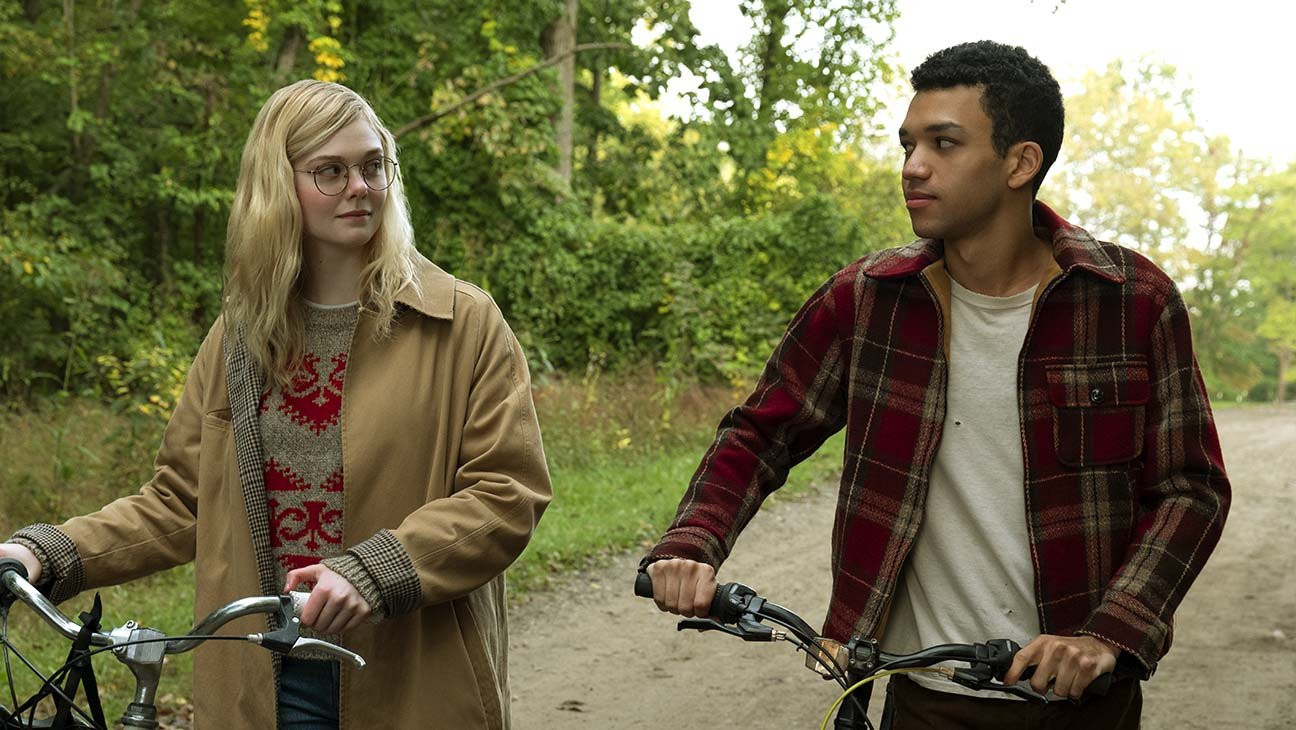Popular Reads
Top Results
Can't find what you're looking for?
View all search resultsPopular Reads
Top Results
Can't find what you're looking for?
View all search results'All the Bright Places': Flawed but empathetic look at mental illness
All the Bright Places speaks not just to teenagers, but to all of us.
Change text size
Gift Premium Articles
to Anyone
P
ortraying a mental illness in movies or in television shows requires both sensitivity and nuance without sacrificing entertainment value. Many have tried to tackle it, but not all of them succeeded. 13 Reasons Why, for instance, explores suicide and the harm of bullying, but instead of handling these subjects delicately, the show chooses to glamorize its depiction of suicide for the sake of shock value. As a result, it robs all the parts that make the show compelling in the first place. Thankfully, the newest Netflix original movie to tackle the same issues, Brett Haley’s All the Bright Places, manages to avoid the same trope that the former used, exploring mental illnesses with care and empathy while still being enjoyable.
Based on the bestselling young adult novel of the same title by Jennifer Niven, All the Bright Places follows the story of two emotionally scarred teenagers as they find love and strength from each other. Violet (Elle Fanning) and Theodore Finch (Justice Smith) both suffer from unidentified mental illnesses caused by traumatic events. Finch is on his daily morning run when he first comes across Violet, who is standing on the ledge of a bridge, looking down at the river as if she’s about to jump. When Finch asks what she is doing, Violet shuts him off.
This is not Violet's first suicide attempt, but Finch, who senses that Violet needs help, is even more determined to get close to her, hoping that his presence can provide emotional support. Although Violent seems reluctant at first, she eventually allows some space for him after realizing that Finch’s presence indeed brings some joy into her life.
If this sounds like another shallow illustration of how love can save us on our darkest day, don’t worry. The movie offers more than that. Through Violet, All the Bright Places gives us an accurate portrayal of how difficult it is to reinvent ourselves after a tragedy.
The point that All the Bright Places highlights from Violet and Finch’s relationship is not simply about love, but rather the importance of someone who will be there to allow one to open up without judgment. When we bottle up our feelings, especially grief, depression and trauma, we distance ourselves from getting healed. Only when we begin to open up to other people and talk about our difficulties are we able to move one step closer to the healing process.
While Violet remains the focus of the movie, All the Bright Places is also Finch’s story as much as it is hers. With Finch, the mental illness is ambiguous. The movie never explicitly explains what Finch struggles with. Later on in the movie, we see Finch trying to control his simmering rage and dark thoughts. Unlike Violet, he doesn’t try to talk about it. The juxtaposition of how Violet and Finch handle their problems is palpable, but the movie never passes any judgment on either of them. If anything, All the Bright Places understands that each person has his or her own way of handling mental illness.
For Finch, he assumes that by helping Violet he can get away from whatever it is that he’s fighting. He approaches Violet not simply because he's attracted to her, but because he sees someone who may be having the same struggle as him. So when he spends his time focusing on pushing Violet out of her boundaries, he forgets to take care of himself.
Most of the time, people who live with overwhelming struggles like Finch are usually the ones who have the biggest capacity for empathy because not only do they think helping people can distract them from their own struggles, they also know what it is like to be on other side. As shown by Violet, talking about our feelings can be very helpful, but for some people the strain that comes with mental illness can be bigger than the help from other people. All the Bright Places excellently demonstrates it through Finch. To do so, it observes Finch’s struggle with nuance and it never once glamorizes the character for the sake of entertainment.
In the end, All the Bright Places speaks not just to teenagers, but to all of us. Its depiction of mental illness is handled with care and empathy. Although the ending monologue feels heavy and clichéd at times, the movie’s intention to tell an honest story about how difficult it is to live with mental illness shines from start to finish. (dev/wng)











